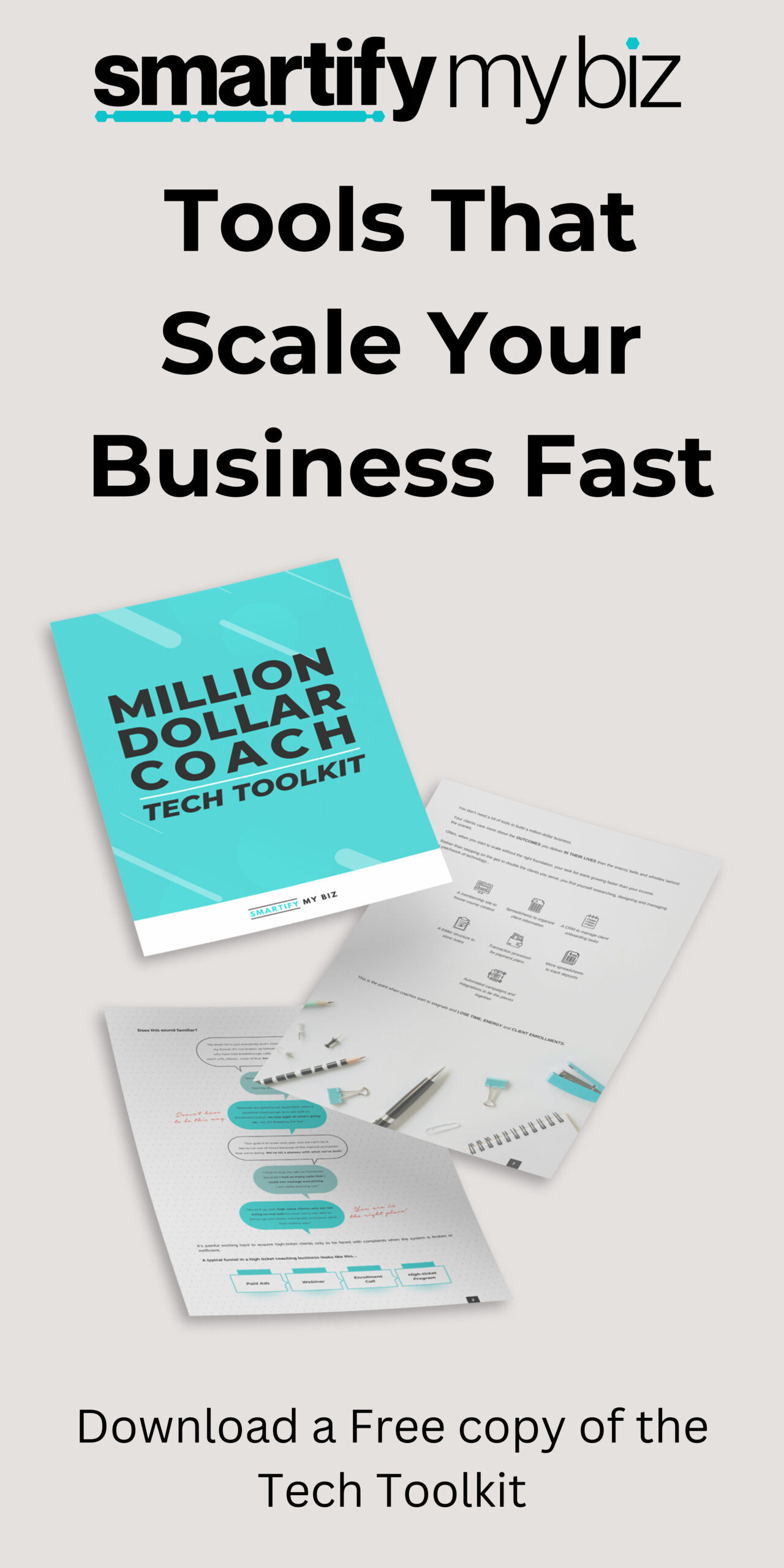The Cost of Being Legal: Registering Your Business
Registering your business as a legal entity sounds straightforward until you start peeling back the layers of what’s involved. Beyond choosing a name and structure, you’ll need to budget for filing fees, publication requirements in certain states, and potential attorney consultations if your situation isn’t cookie-cutter. If you’re planning to incorporate, filing fees will vary based on your state, and those differences can be substantial. Many entrepreneurs turn to online platforms to form a corporation because these services often bundle the basics—like rush filing, EIN registration, and compliance alerts—into convenient, customized packages that can save time and stress.
Tech Support Isn’t Optional: Software, Subscriptions, and System Fatigue
In the digital age, it’s not enough to have a laptop and Wi-Fi. You’re going to need industry-specific tools—maybe a CRM, project management software, email marketing platforms, e-commerce plugins—and almost all of them come with monthly or annual subscription costs. What trips people up isn’t the initial cost, but the stack of micro-subscriptions that sneak up on you like death by a thousand cuts. Planning for tech costs means mapping out every single tool you’ll use, checking for overlap, and avoiding signing up for tools that look cool but don’t actually serve your process.
When “Free” Labor Stops Being Free: Underestimating Outsourcing and Support
You might start solo, doing everything yourself, wearing every hat with pride. But as things grow, you’ll hit a wall. Tasks like bookkeeping, customer service, web design, or even social media management can eat up your time—and outsourcing becomes the only way to scale. The problem? Most new entrepreneurs don’t factor this into the budget until they’re desperate and burnt out. Having a plan for bringing on help—even if it’s part-time or project-based—keeps you from making panicked, overpriced decisions down the line.
The Emotional Tax: Self-Care, Burnout, and the Need to Recharge
This one sounds soft, but it’s very real. When you’re launching something of your own, it’s easy to neglect mental health, downtime, and the need to just breathe. But burnout leads to bad decisions, missed deadlines, and costly mistakes. Things like therapy, gym memberships, co-working spaces, or even occasional travel to disconnect should be seen not as luxuries, but as operational investments in your own sustainability. If you don’t build these into your cost structure, you’ll end up paying for them anyway—just in more painful ways.
The Invisible Office: Equipment, Utilities, and the True Cost of Working from Home
Even if you’re not renting office space, you’re still running an office. A desk, chair, monitor, lighting, printer, phone plan, increased electricity use—it all adds up. Home-based entrepreneurs often forget these “soft” expenses because they’re embedded in your daily life, but they’re business-related and deserve their share of the budget. If you don’t treat your home setup like a real workspace, you’ll find yourself frustrated, uncomfortable, and ultimately unproductive—which costs you more than money.
The Unsexy Essentials: Insurance, Legal Counsel, and Financial Protections
No one wants to spend money on something they hope they’ll never use—but business insurance, legal advice, and professional accounting support are the safety nets that keep you from falling hard. Too many new entrepreneurs skip this part, assuming they’re too small to need protection. The truth? All it takes is one wrong move—an angry customer, a misfiled tax form, a broken contract—to put your business at risk. These aren’t just line items—they’re your business’s shield, and you need to invest in them before you need them.
The Growth Gap: Scaling Costs and the Price of Momentum
When things start to work—really work—you hit another challenge: staying ahead of your own growth. More customers mean more tools, more support, more shipping, more bandwidth. And if you haven’t budgeted for the cost of scaling, that success can actually start to hurt. You’ll find yourself scrambling to meet demand, cutting corners, and risking your brand reputation. Planning for growth means having a budget that evolves with you, not just one that gets you off the ground.
Starting a business is about passion, vision, and grit—but it’s also about foresight. The costs you don’t see coming are the ones most likely to slow you down or throw you off course. But here’s the thing—you don’t need to fear them. You just need to expect them, plan for them, and be honest with yourself about what it really takes to keep this thing alive and thriving. With eyes wide open and a little extra cushion in your budget, you’re not just surviving the early days—you’re setting yourself up to last.
Unlock your business’s potential with custom solutions from Smartify My Biz and experience seamless growth and efficiency like never before!
There are 3 ways you can engage with us:
1. Watch our Free training on how to streamline & automate your coaching business to run like a well-oiled machine at any scale (even if you hate tinkering with technology)
2. Download a Free copy of the Tech Toolkit used by high-ticket coaches to scale their business fast.
3. Book a Smartify Session. We’ll go through a game-plan that takes your business processes from clunky and disjointed to a well-oiled machine that enables you to scale to your 7 figure dreams.
Click here to Book a Smartify Session
More Tips You'll Like
Best Online Tool To Improve Your Writing
Using Grammarly To Improve Your Writing In the digital world, it’s really important to make your online writing clear and effective. This means no spelling errors, grammar mistakes and...
Find Out Where You’re Spending The Most Time In Your Business
How Are You Spending Time In Your Business? When you’re trying to scale a business, it’s important to know what activities you’re spending your time on. Time tracking allows you to make more...
How To Use Google Calendar To Plan Better Meetings
Create better meetings in Google Calendar I was listening to a podcast about how to make meetings NOT suck (it’s one from Freakanomics). One of the ways is to have an agenda and clear...




